
FASHION Clothes should empower and bring a smile to your face, and Adedoyin Okuleye’s Afrispec designs do just that. Bhavana Bhim speaks with the Nigerian-born, New Zealand-based designer
Photographed by the author
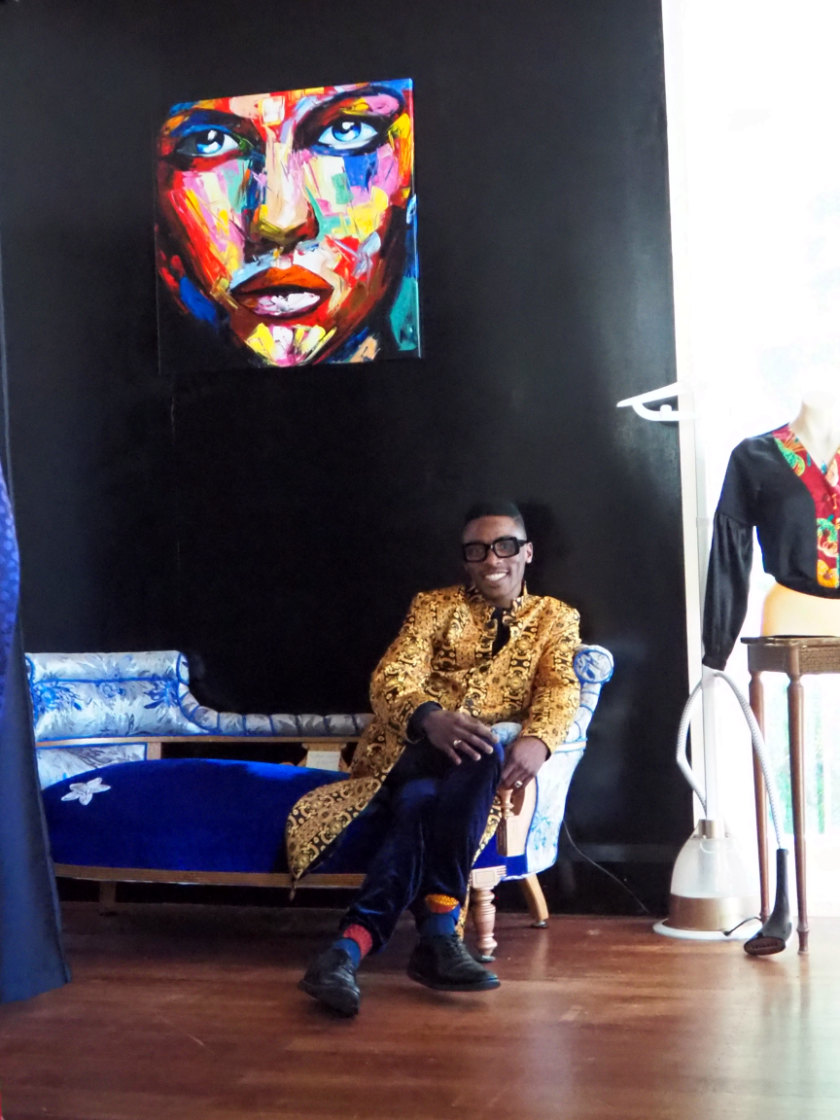
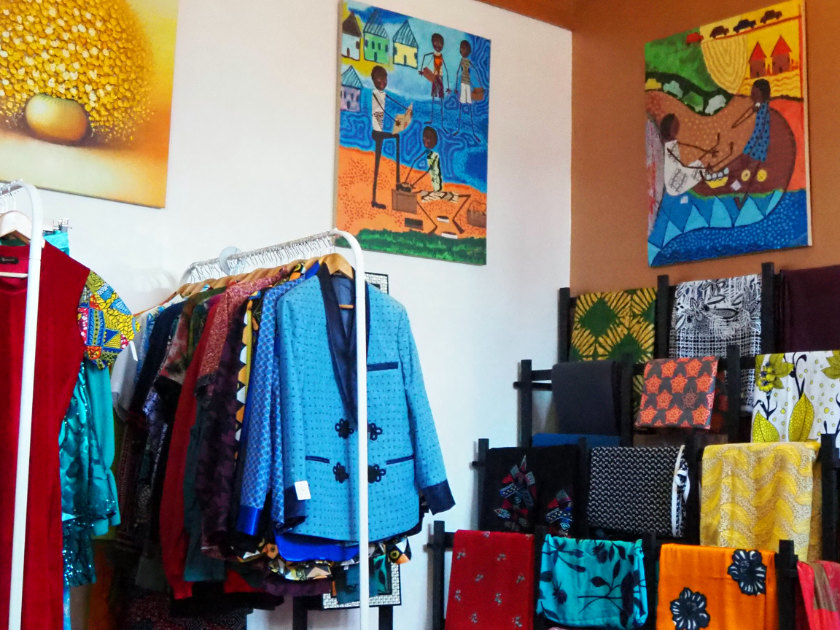
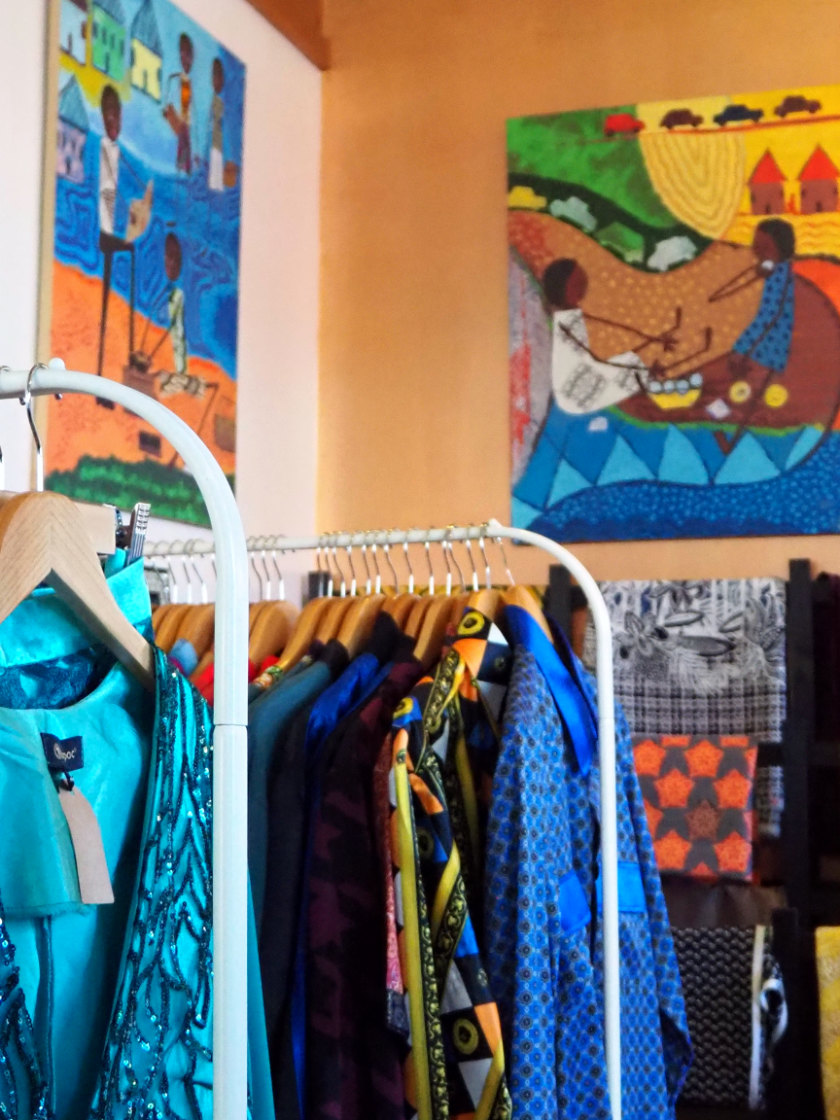
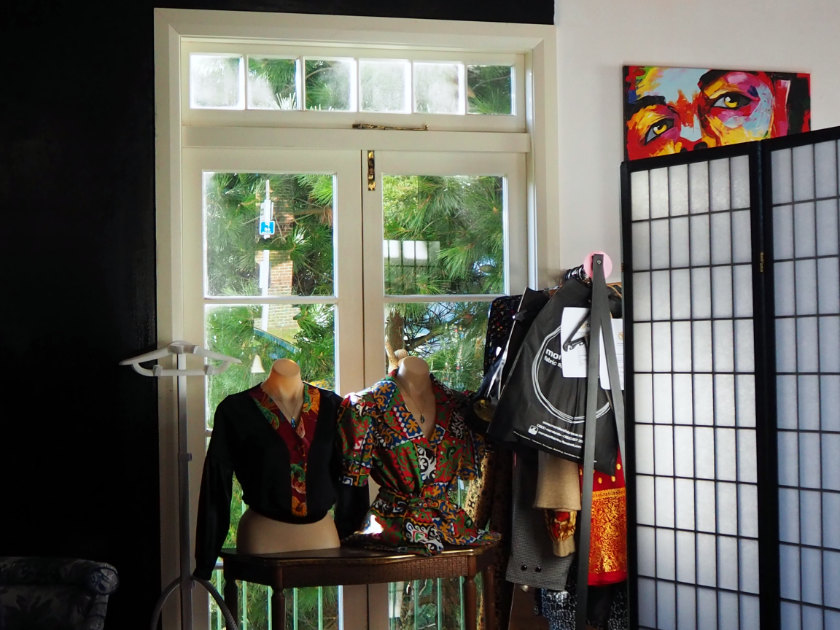
Bhavana Bhim holds a degree in classical studies and is a writer for Lucire.
Adedoyin Okuleye (Ade for short) established the fashion label Afrispec in 2009 in Johannesburg. He travelled the world and moved to New Zealand. Ade débuted Afrispec (see @afrispec on Instagram) at New Zealand Fashion Week in 2019 and currently continues to grow his collection from his atelier in Kelburn Village, Wellington. His story is far from an easy one: he left his home country of Nigeria to pursue his love of fashion. Through Afrispec, Ade teaches people to embrace colour and inclusivity. His label caters to all ages and genders, but it’s the fact that Ade encourages people to take risks with their style which has made him successful. Through bespoke design, Ade teaches people to be confident in their own skin. We visited Ade to find out more about him and what makes Afrispec a label to watch.
Lucire: Can you tell us a bit about where you came from and how this influenced your love of fashion?
Adedoyin Okuleye: I grew up in Nigeria I went to school there and then I left home because I wanted a change of scenery. I was growing up and also coming to terms with my sexuality, and this was difficult in Nigeria. Being gay is not allowed in society. I wanted to pursue my love of fashion and have freedom, so I decided to take the next step and leave my country. I wasn’t comfortable at all in Nigeria. I had depression, so I went to South Africa to carry on pursing my passion. Being a fashion designer is not typically a “man’s job” in lots of places; it’s considered a “woman’s job”. Once you say you want to be a fashion designer people start looking at you weird.
Packing up your life, leaving your family and starting from scratch in new cultures isn’t always as straightforward as it seems, why did you move to South Africa?
By the time I realized my talents I thought I can do want I want. South Africa was where it started for me initially with fashion study. I then moved to Ireland to study fashion design at Grafton Academy. I was there for a while. It wasn’t an easy journey. At one point I had a work a few jobs to fend for myself, but I was trying to be positive because I was putting myself and my future first. Now I found myself in this part of the world and I realize that it’s been a long journey. I’ve been travelling around and I’ve learnt a lot about myself and my journey. I’m always striving to do more.
Even though you left your home country, you’ve found through Afrispec that you are not far from home. Your mother and African roots continue to show up in your creations.
My initial love of fashion came from my Mum. She always dresses a lot and, [when I was] a young boy in Nigeria, she would always ask me for my opinion on her style before she left the house. So as a young boy she got me into it, and till this day I work with her on my designs. The name—Afrispec—is all-inclusive of my roots and no matter where I go. I always take my roots with me. It was initially meant to be called ‘Afrispecification’ but I shortened it to Afrispec. I’m African and I wouldn’t change that for anything, but it always reminds me of my ethnicity and that I’m carrying Africa on my sleeves and on my shoulders.
There’s a lot of Asian influence in your garments, too, can you tell us a bit about this?
I love watching Bollywood movies: it improves my whole concept of the way I love colours. Nigerian culture is very colourful, like Indian culture. I started watching Bollywood when I was quite young. I love the colours and patterns, and how the clothes have their own energy. Colours bright[en] up your energy and help express yourself. That has always been something for me to work with. Indian culture inspires me to work with my heritage, and it helps me with my passion and talents. I believe that it’s important to express yourself by your personality and roots and I found myself here in this continent.
What about your design process, how do you start your sketches?
Drawing is important to my process. I imagine colour—my Mum motivated me to do this. Before I do any designs I always have to draw and visualize. I set time aside to imagine the colour, body and pattern of fabric that will work well with the body and especially the person I’m crafting for. It’s extremely important to understand what colour is going to work with a person and to understand the way their body and personality is. I feel that way I can give people a voice through my designs. My Mum is well travelled, so she collaborates with me on determining fabrics.
continued below

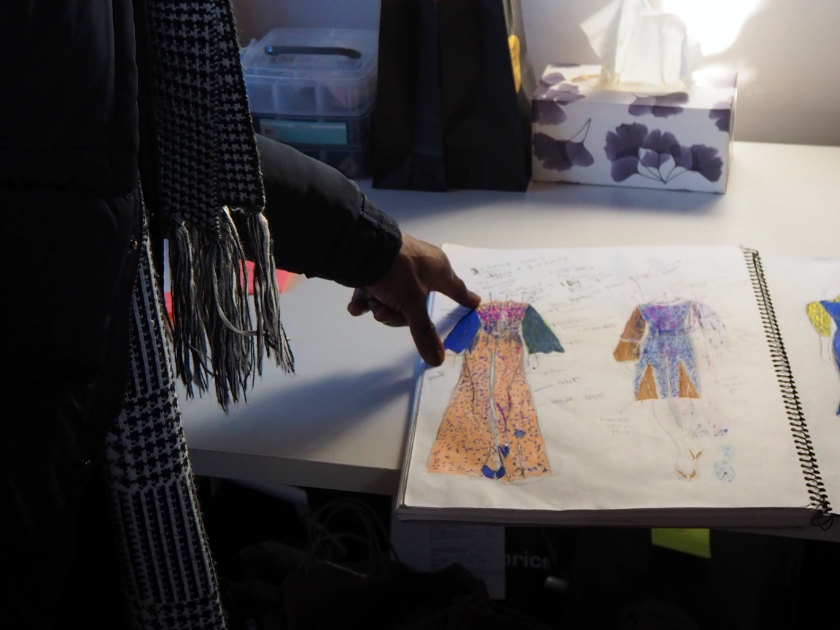
Where do you source your fabric from?
Most of my fabric is cotton or silk. The reason incorporate silk into my garments is because it goes on anyone’s structure, it creates different volume, and moves. Most of my fabrics are Nigerian fabrics but I like mixing and matching from all over, I love the contrast. My ethnicity, my heritage is in the details through colour. Before you say anything to someone you notice what they wear, especially the colours. Colour is bold. It gets other people motivated like a ripple effect. All my clients are different ages and shapes; I cater to everyone because everyone deserves to have a smile on their face, look good and comfortable. We should always appreciate our bodies.
Do you feel that your clothes help empower people?
When you’re yourself, you motivate others and once you embrace your body you’re good to go … Most of my clothes are gender-fluid—you can wear anything, because it says a lot of things. I try to make my garments universal. You can mix and match. The contrasting patterns and styles accommodate any ethnic backgrounds.
Would you say you’ve been well received in New Zealand?
I would say New Zealand was a place where I’ve found the people to be welcoming and understanding. People don’t discriminate and are accepting of colour. It’s the acknowledgment that I receive here for my work with colour which is amazing. Some people prefer mass production, but I believe bespoke craft plays an important part in making you feel good. When you come to me, I cater especially for you. My garments end up being a treasure in your wardrobe, you stand out and you feel confident. I want people to stand out, embrace yourself and love yourself more …
Who is your fashion icon and why have they influenced you?
Karl Lagerfeld is my icon in the world of fashion. He’s not African but he embraces the craft and detail of traditional dress. I love how he thought about people and crafted designs for people’s personality. He was diverse and open, he took risks, and in fashion design you need to do this. Clothing is very emotional: once you put people in certain clothes and sizing you give people a voice … I make people stand in front of mirrors and really look at themselves. Every morning when I wake up, I stand in front of the mirror and I say, ‘Mirror, mirror, how do I look today?’ I know I’m happy when I am in my clothes. Everything goes with each other from my collection. I want to dress other people and make them happy, cause then I’m happy. That’s something I link to Lagerfeld.
Why focus so much on bright colours?
People like to capitalize on black, but it’s not good, it doesn’t do that much. Midnight blue is the trending black. You’d rather go for midnight blue because that is still a bit of colour it’s like woah … Black is about energy—it’s just dark to me. Why would you want to wear something that would hide you or mute your energy? People see black and look away.
I think people shouldn’t capitalize, and [should] try different things, risks are good. It makes us feel better to explore with colour. Knock on my door for colours, please!
Where do you see Afrispec heading in the future? What’s next for you?
I see Afrispec blossoming and transforming into something else. [I] see my label expanding and I would like to help other young designers blossom. It’s not easy. It might look glamorous now, but before we got here, I had a very hard time. My positivity keeps me hungry for more [and] to help others. I would like to open my doors to others. Ultimately diversity and solidarity is key. Our blood is the same colour, solidarity and support [are] what I am here for. I want people to be positive and keep themselves striving and my clothes help play a part. •


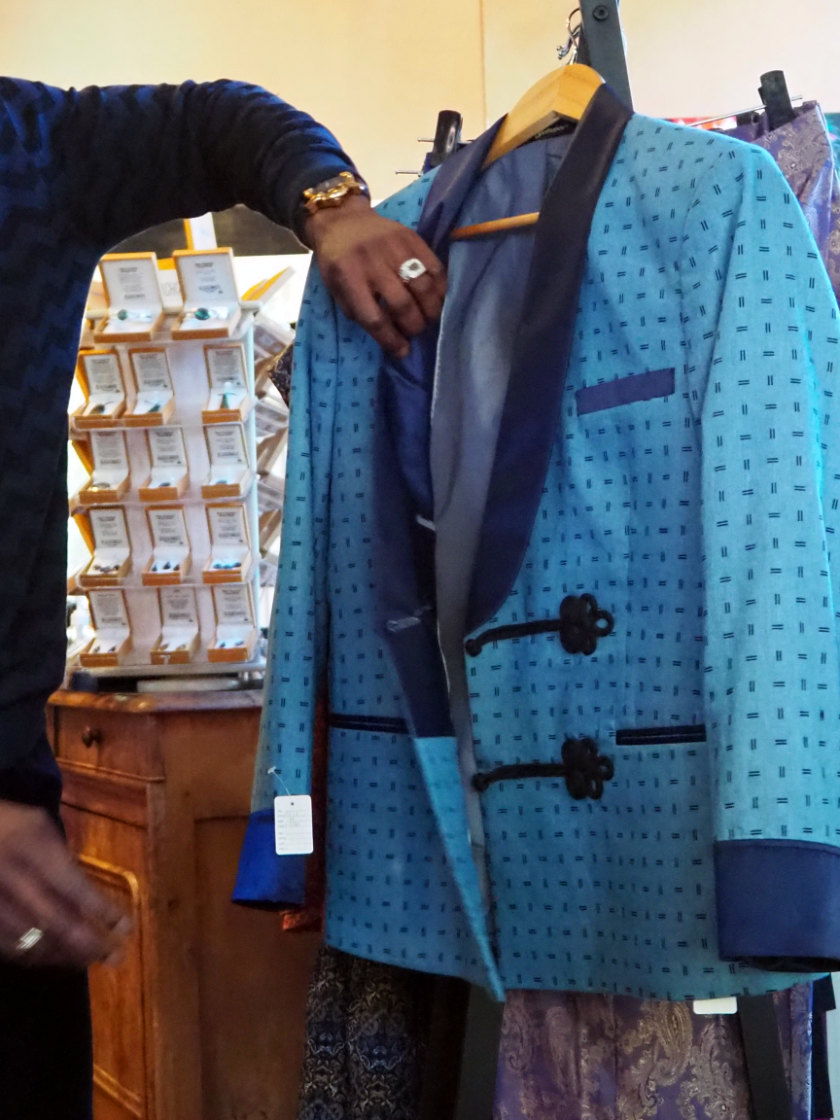
Related articles hand-picked by our editors
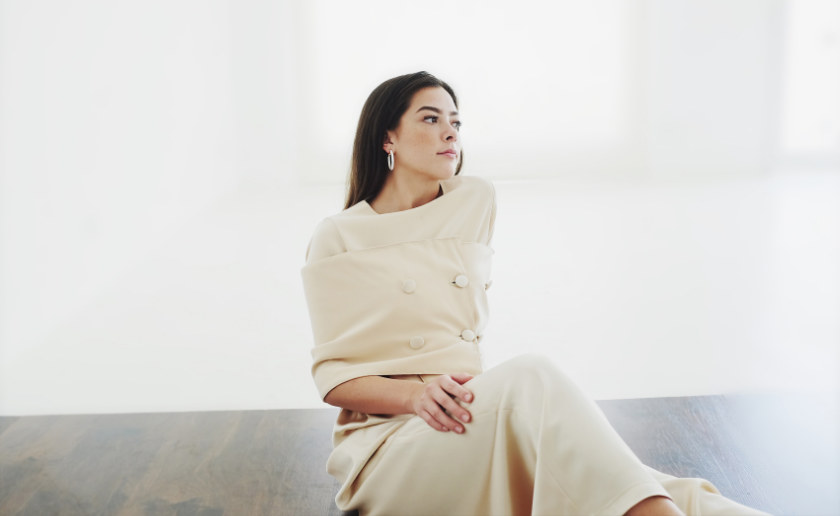
Less is amore
Jalila Nayil’s minimalist philosophy informs her approach to fashion design with her label Laith. Qurratulain Wahab speaks with her
Photographed by Ayesha Tariq and Jalila Nayil
From the February 2020 issue of Lucire KSA
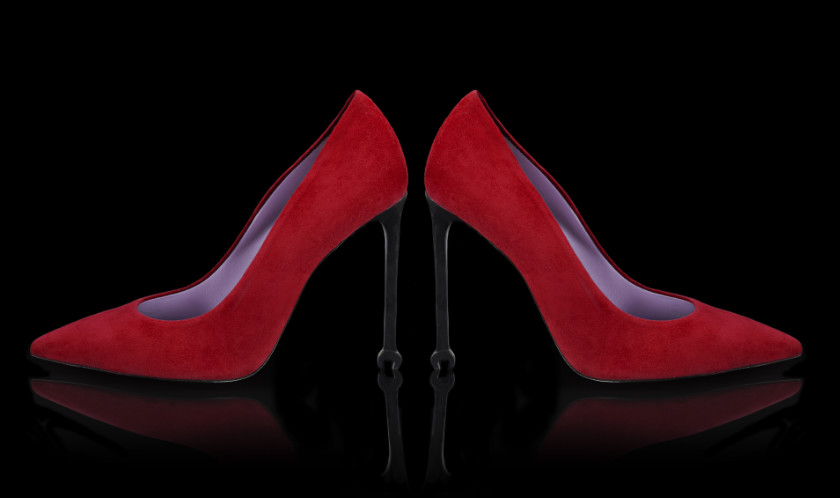
The perfect fit
Forget mass production: the perfect pair of shoes should be personally measured and painstakingly hand-crafted in Italy—that’s Barollo’s philosophy. Jack Yan interviews its founder and creative director, Darren Smith
From issue 41 of Lucire
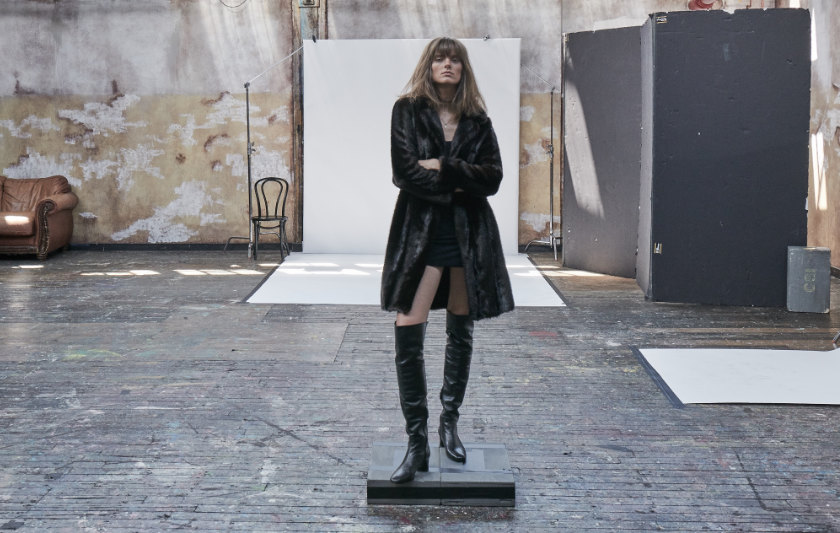
Getting real on faux fur
We look at House of Fluff, one of faux fur’s premier labels that gained such a fast following that it was called upon to re-create Elton John’s coats in Rocketman. Jack Yan interviews House of Fluff founder Kym Canter
From issue 41 of Lucire and the January 2020 issue of Lucire KSA
Advertisement
Copyright ©1997–2022 by JY&A Media, part of Jack Yan & Associates. All rights reserved. JY&A terms and conditions and privacy policy apply to viewing this site. All prices in US dollars except where indicated. Contact us here.